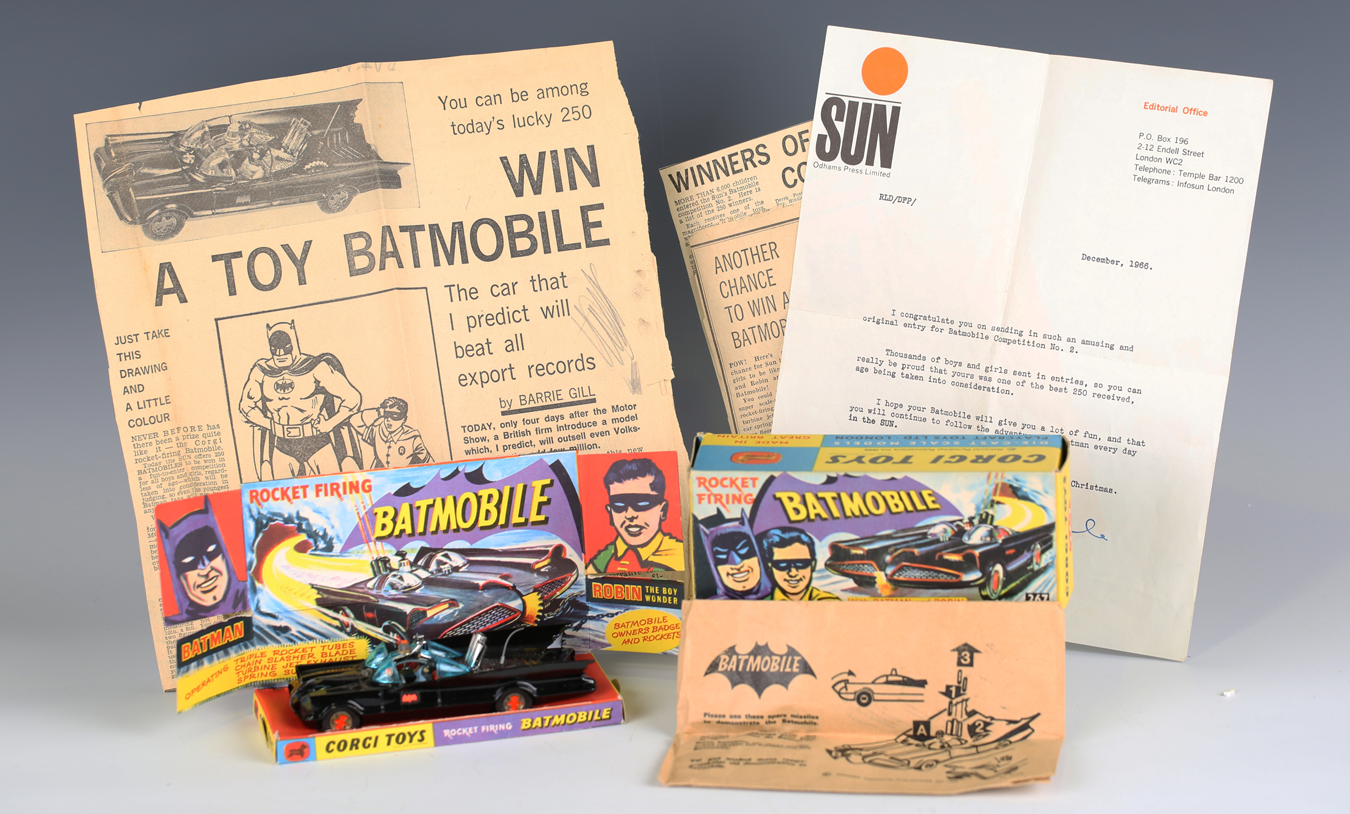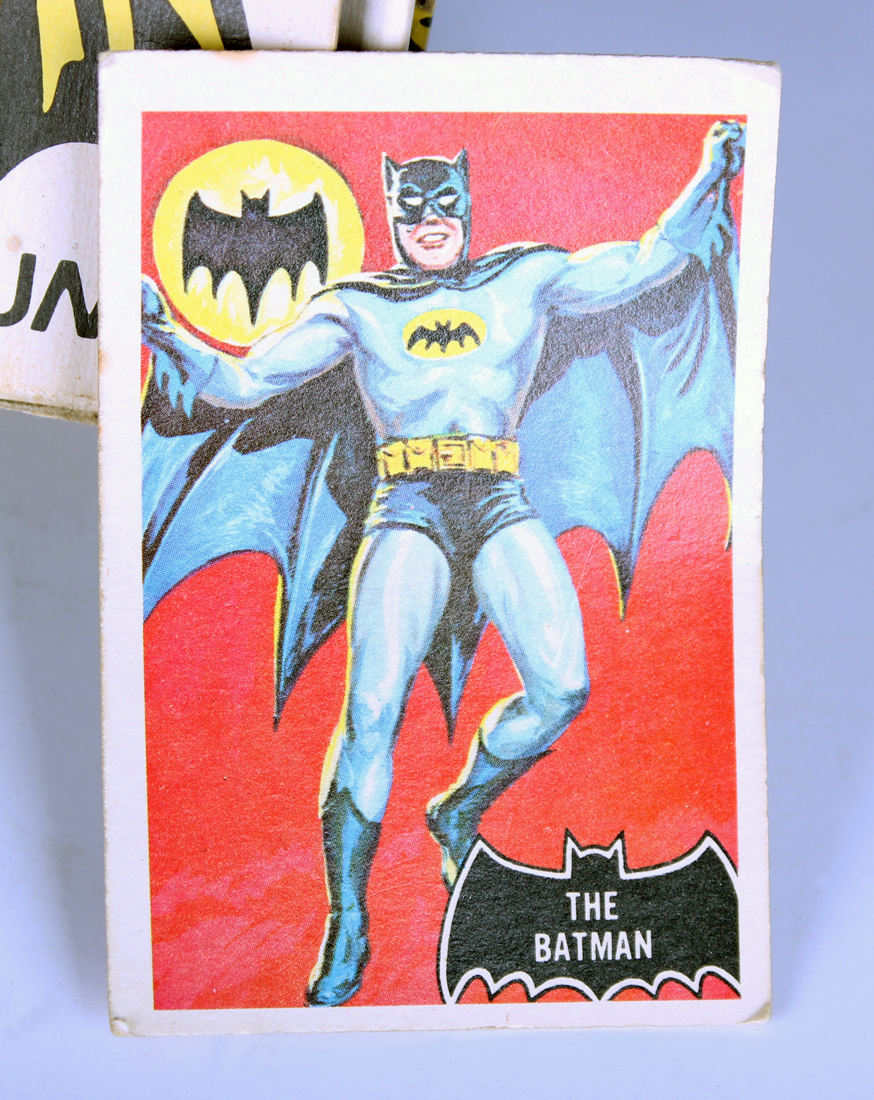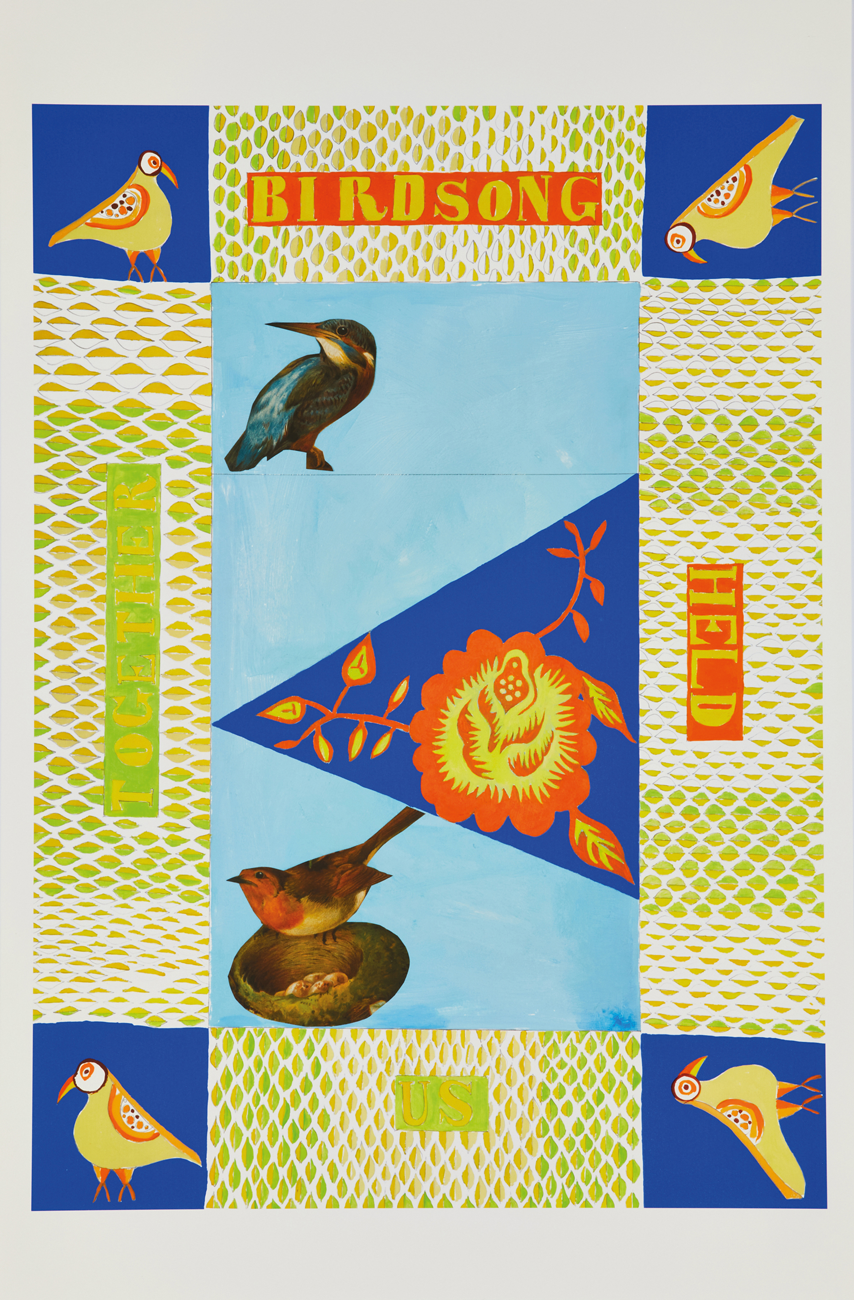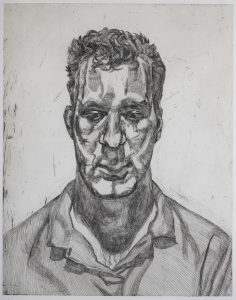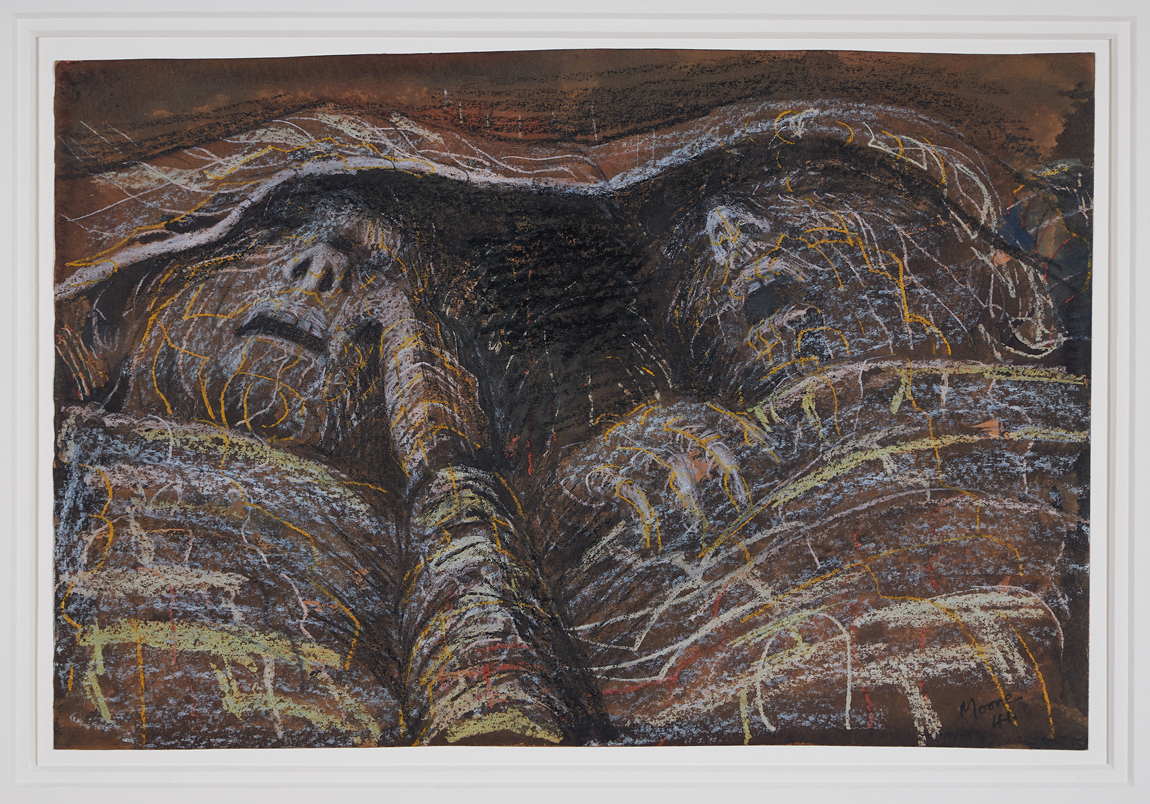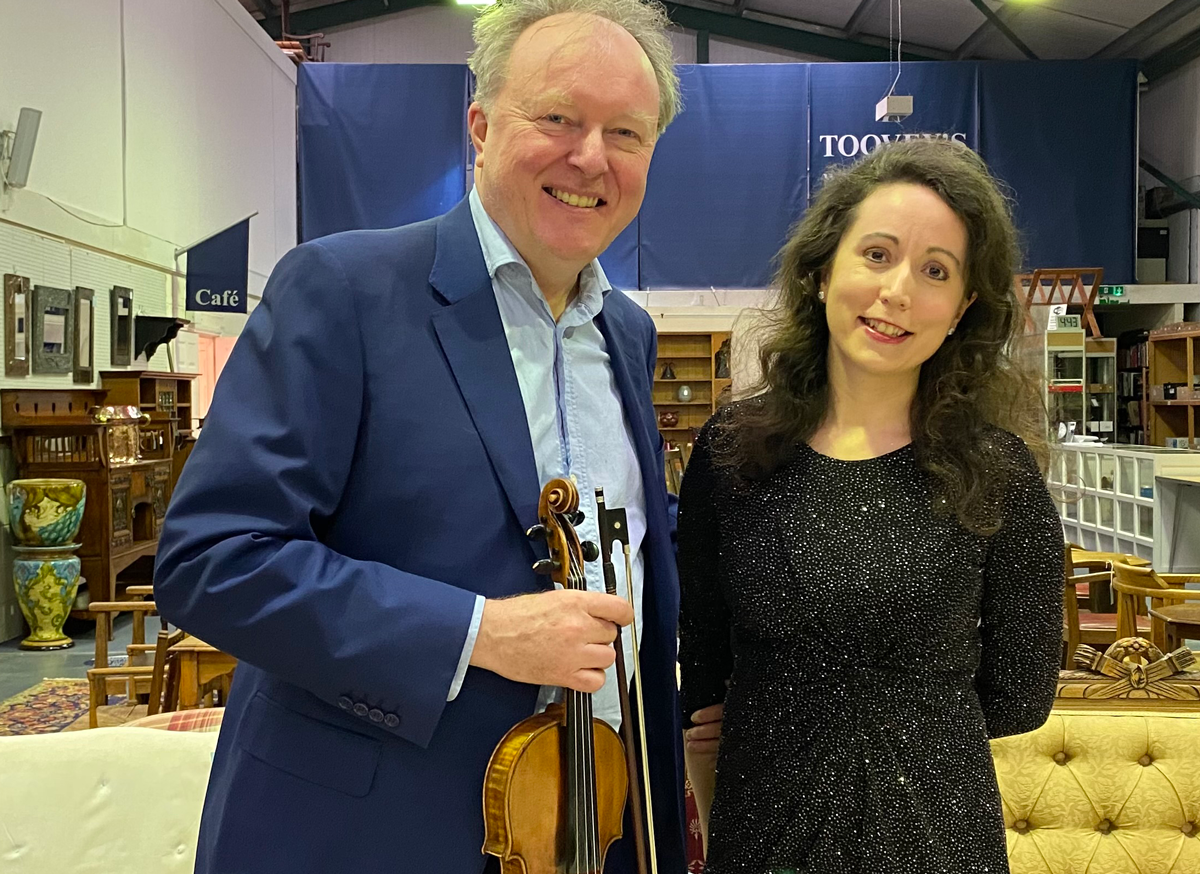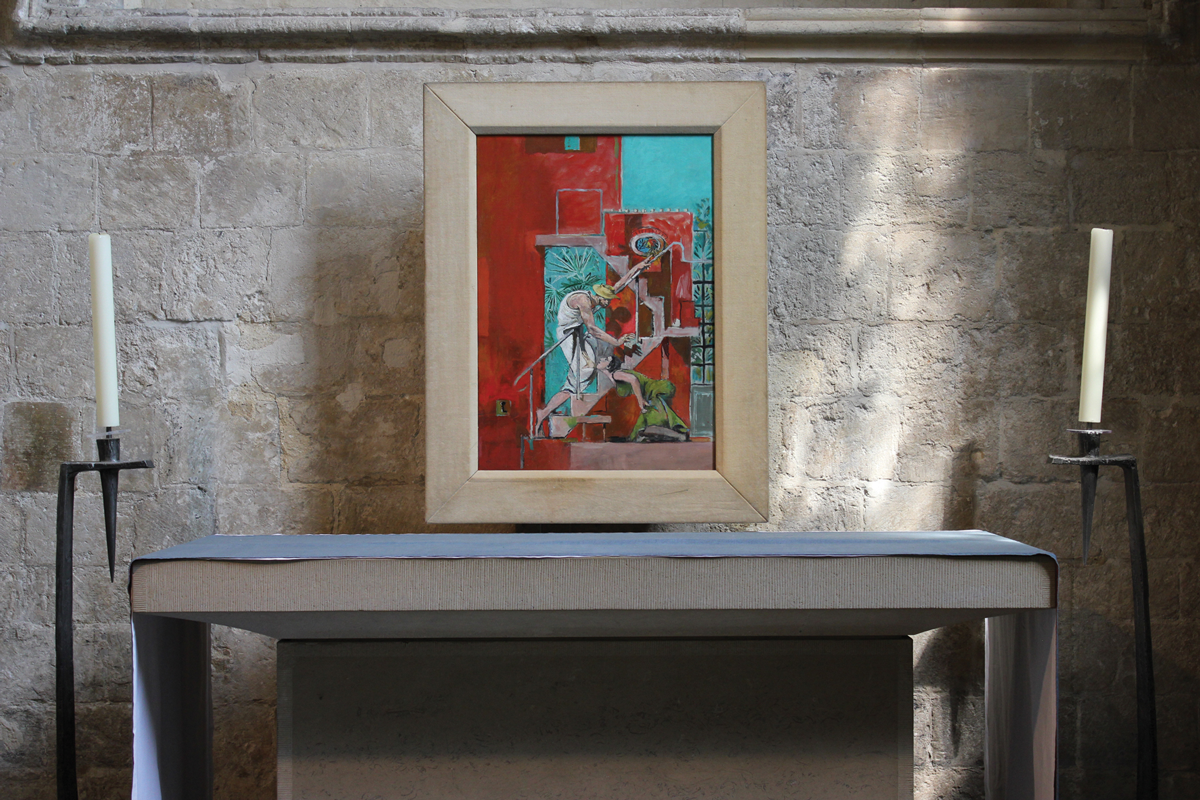
As Easter approaches Chichester Cathedral will once again become a place of Easter pilgrimage.
In the St Mary Magdalene Chapel at Chichester Cathedral is Graham Sutherland’s vibrant oil on canvas ‘Noli me tangere’ of 1961. It was commissioned by The Very Revd Walter Hussey, famous as both a patron of the arts and as Dean of Chichester Cathedral. Reflecting on the first nine hundred years of the Cathedral’s history and tradition he claimed that new art work should be contemporary and not imitate the old.

The architect, Sir Basil Spence, who designed and oversaw the building of Coventry Cathedral after the Second World War, described Chichester Cathedral’s South Aisle as one of the most beautiful in Europe. Sutherland’s oil initially strikes the viewer with the quality of a distant enamel jewel. As we journey towards this work we are drawn into the intimate narrative described in chapter 20 of St John’s Gospel. Arriving at the chapel we become aware that the painting depicts the moment on that first Easter morning when Mary becomes aware that she is in the presence of her risen Lord who has just spoken her name. As she reaches out to touch him his gesture stops her. The painting holds in tension Mary’s joy and the pending separation of a different kind. The angular composition of the figures, plants and staircase allude to the Passion narratives which lead up to and include Jesus’ crucifixion. At the centre of the painting is Jesus Christ dressed in white symbolising his holiness and purity. Christ’s finger points towards God the Father symbolising His presence. Mary may not touch Jesus. This is the liminal moment where the artist invites us into the narrative so that we, like Mary, might acknowledge Jesus, our creator, teacher and friend, as advocate and redeemer of the whole world. Sutherland displays sensitivity and humility in the intimate scale of the painting which at once connects the viewer with the hope filled narrative in a very personal way and allows them rest in this sacred space. The painting is complimented by the altar designed by the then Cathedral Architect and Surveyor, Robert Potter, and sculptor Geoffrey Clarke’s candlesticks whose angular quality reflect the imagery in Sutherland’s work.
Pilgrimage spaces, whether sacred or not, can decipher or inform our perceptions of the world; they can gift us with an experience of the numinous. People are bound together by their shared experiences and there is much reflect on and to offer in prayer as we approach Easter. Chichester Cathedral is open daily – a perfect space for an Easter Pilgrimage with one of the finest collections of Modern British Art in the country. For more information about Holy Week and Easter services visit www.chichestercathedral.org.uk.
